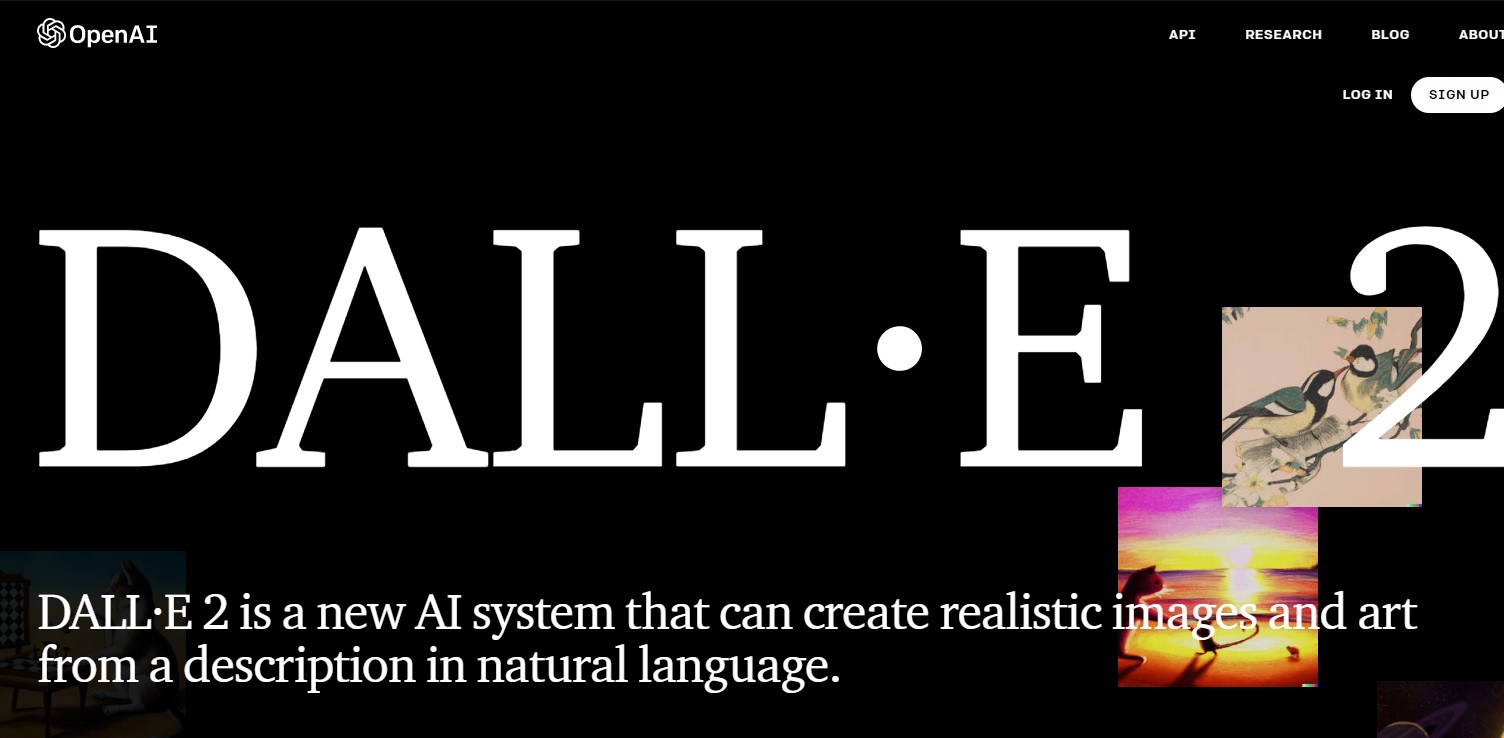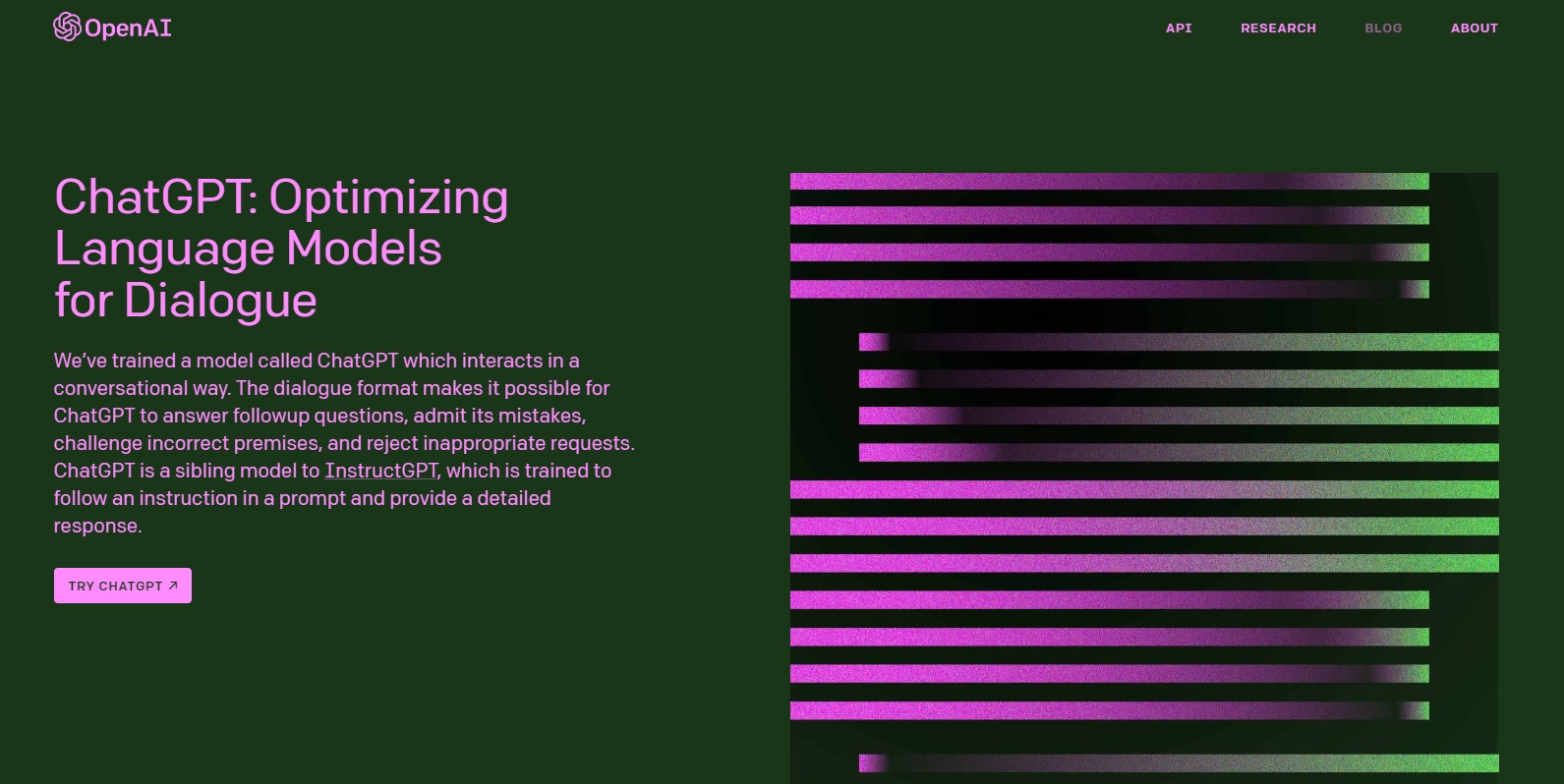The Future of Payroll Management with AI
Payroll management is an essential task for businesses of all sizes. However, managing payroll processes can be complex, time-consuming, and error-prone. Fortunately, recent advancements in artificial intelligence (AI) have made it possible for businesses to automate and streamline their payroll processes, resulting in significant benefits such as increased accuracy, time savings, and improved compliance.
In this blog post, we will discuss the benefits of using AI in payroll and examine the different AI models that can be used in this subject. We will also provide concrete examples of how companies are currently using AI in their payroll processes. Finally, we will examine potential concerns and limitations associated with using AI in payroll.
Benefits of Using AI in Payroll
-
Increased Accuracy and Reduced Errors
Using AI in payroll can save time and increase efficiency by automating repetitive tasks and streamlining the payroll process. This can free up valuable resources and allow employees to focus on more complex tasks, such as analyzing data and making informed decisions.
A study by Ernst & Young found that using AI in HR functions, including payroll, can lead to a 50% reduction in the time spent on administrative tasks. For example, Kronos' Workforce Dimensions uses Robotic Process Automation (RPA) to automate timekeeping and payroll processing, freeing up HR staff to focus on more strategic initiatives.
-
Time Savings and Increased Efficiency
AI can significantly increase the accuracy of payroll processes while minimizing errors that could result from manual calculations. This is important because payroll errors can lead to negative consequences, such as employee dissatisfaction and legal liabilities.
According to a study conducted by The Workforce Institute, 62% of employees surveyed reported experiencing a problem with their pay at some point during their career. Implementing AI can reduce these occurrences and ensure employee trust in the organization. For example, Paychex's payroll software uses machine learning algorithms to identify and correct potential payroll errors before they occur.
-
Improved Compliance and Reduced Risk
Payroll compliance is a complex and ever-changing area, with numerous regulations and requirements that must be met. Using AI in payroll can help organizations stay compliant with regulations and reduce the risk of non-compliance.
According to a report by Deloitte, the use of AI in payroll can improve compliance by providing real-time monitoring and alerting of potential compliance issues. For example, ADP's DataCloud uses AI to analyze payroll data and identify potential compliance risks, allowing organizations to take proactive measures to avoid potential legal issues.
-
Better Insights and Decision-Making Capabilities
AI can provide valuable insights into payroll data, enabling organizations to make more informed decisions. By analyzing large amounts of data quickly and accurately, AI can identify patterns and trends that might not be apparent to human analysts.
According to a report by PwC, 77% of organizations believe that using AI will improve their ability to make informed decisions. For example, IBM Watson's Compensation Planner uses AI to analyze salary data and provide insights into compensation trends, enabling HR professionals to make data-driven decisions about employee compensation.
-
Enhanced Employee Experience
Using AI in payroll can improve the employee experience by increasing accuracy and reducing errors in payroll processing. This can lead to increased trust in the organization and higher employee satisfaction.
According to a study by Deloitte, 33% of employees would consider leaving their current job due to payroll issues. By using AI to ensure accurate and timely payroll processing, organizations can reduce the likelihood of payroll-related issues and improve the overall employee experience.

AI Models Used in Payroll
-
Understanding Employee Feedback with NLP: The Future of Payroll Management
NLP is a branch of AI that enables computers to analyze, understand, and generate human language. In payroll, NLP can be used to analyze employee feedback and sentiment analysis.
According to a study by Gartner, by 2022, 85% of customer interactions will be handled without the need for human interaction. Companies like Ultimate Software are using NLP to analyze employee feedback and sentiment analysis to improve the employee experience. For example, their UltiPro Perception tool uses NLP to analyze employee feedback and provide insights into employee sentiment, enabling organizations to take action to address any concerns.
-
The Power of Machine Learning in Automating Payroll Processing
ML is a subset of AI that enables computers to learn and improve from experience without being explicitly programmed. In payroll, ML can be used to automate repetitive tasks and improve accuracy.
According to a report by Gartner, by 2025, 40% of large enterprises will use ML to automate payroll processing. Companies like ADP are using ML to automate payroll processing, reducing the need for manual intervention and improving accuracy. For example, their SmartCompliance solution uses ML to automate tax filing and compliance, ensuring that organizations meet regulatory requirements.
-
Streamlining Payroll Processing with Robotic Process Automation
RPA is a technology that enables organizations to automate repetitive and rule-based tasks. In payroll, RPA can be used to automate timekeeping and payroll processing, reducing the need for manual intervention and improving efficiency.
According to a report by McKinsey, by 2025, up to 25% of tasks in HR could be automated using RPA. Companies like Kronos are using RPA to automate timekeeping and payroll processing, reducing the time and resources required to complete these tasks. For example, their Workforce Dimensions solution uses RPA to automate timekeeping and payroll processing, freeing up HR staff to focus on more strategic initiatives.
Potential Concerns and Limitations
While there are many benefits to using AI in payroll, there are also potential concerns and limitations that organizations should be aware of. For example, the use of AI in payroll may raise concerns around data privacy and security. Organizations must ensure that they have proper safeguards in place to protect sensitive employee data.
Another potential concern is the potential for bias in AI algorithms. Organizations must ensure that their AI models are designed and tested to mitigate any potential bias and ensure fairness and equity in the payroll process.
Embracing the Future of Payroll Management with AI
The use of AI in payroll has the potential to revolutionize the way organizations manage their payroll processes, resulting in significant benefits such as increased accuracy, time savings, and improved compliance. By leveraging AI models such as NLP, ML, and RPA, organizations can automate and streamline their payroll processes, freeing up valuable resources and enabling employees to focus on more strategic initiatives. However, organizations must also be aware of potential concerns and limitations associated with using AI in payroll and take steps to mitigate these risks. Overall, the future of payroll management looks bright with the integration of AI technology.
References









